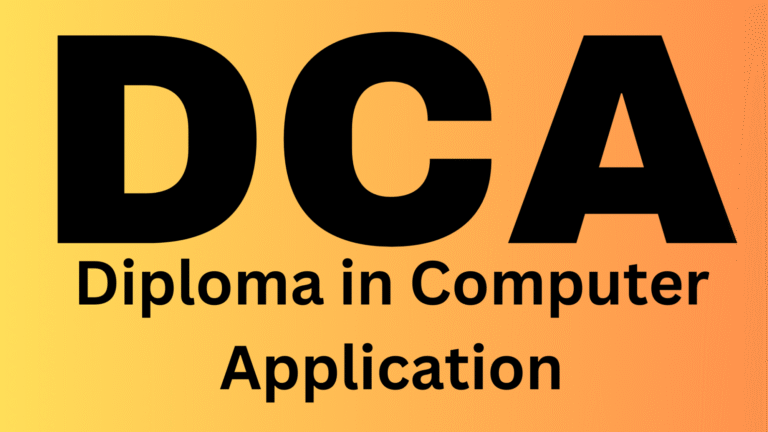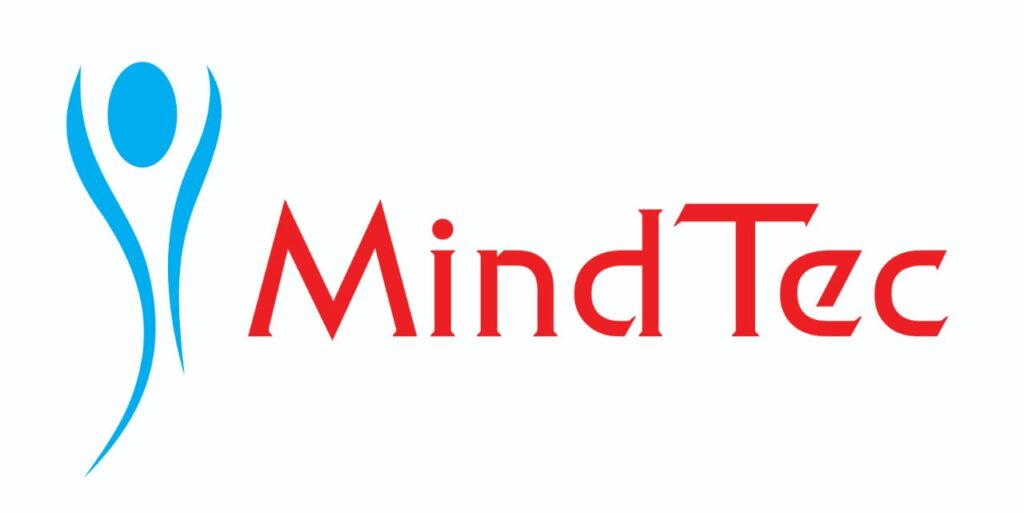
DCA stands for Diploma in Computer Applications. It’s a foundational computer course designed to equip individuals with basic computer literacy and practical skills for various day-to-day and professional tasks.
While the exact syllabus can vary slightly between institutions and the duration (typically 6 months to 1 year), here are the common and most important topics covered in a DCA course:
I. Computer Fundamentals & Basics:
Introduction to Computers:
What is a computer?
Characteristics and generations of computers
Types of computers (desktop, laptop, tablet, server)
Basic components of a computer system (hardware vs. software)
Input and Output devices (keyboard, mouse, printer, scanner, monitor)
Storage devices (hard disk, SSD, pen drive, CD/DVD)
Memory (RAM, ROM)
Operating Systems (OS):
What is an OS? Functions of an OS.
Introduction to Windows OS (Windows 10/11):
Desktop, icons, taskbar, Start Menu
File and Folder management (creating, deleting, renaming, moving, copying)
Basic settings and personalization (wallpaper, screen saver, date/time)
Accessories (Notepad, Paint, Calculator)
(Sometimes) Basic introduction to Linux/Ubuntu.
II. Office Automation Tools (Microsoft Office Suite is most common):
Microsoft Word (Word Processing):
Creating, saving, opening, and printing documents
Text formatting (font, size, color, bold, italics, underline)
Paragraph formatting (alignment, line spacing, bullets, numbering)
Inserting objects (pictures, shapes, tables)
Page layout (margins, orientation, headers, footers)
Spell check and grammar
Mail Merge (for creating bulk letters/labels)
Microsoft Excel (Spreadsheet):
Understanding worksheets, cells, rows, columns
Entering and editing data
Formulas and functions (basic arithmetic, SUM, AVERAGE, MIN, MAX, IF)
Formatting cells (numbers, currency, dates)
Creating charts and graphs
Data sorting and filtering
Microsoft PowerPoint (Presentation):
Creating, saving, and opening presentations
Working with slides (adding, deleting, reordering)
Adding text, images, and multimedia
Applying themes, backgrounds, and transitions
Delivering a presentation
(Optional but common) Microsoft Access (Database Management System – DBMS):
Introduction to databases, tables, queries, forms, reports
Basic database design concepts.
III. Internet & Web Technologies:
Internet Fundamentals:
What is the Internet?
WWW (World Wide Web), Web Browsers (Chrome, Firefox, Edge)
Search Engines (Google, Bing)
Email (creating, sending, receiving, attachments)
Online communication (chat, video conferencing basics)
E-commerce and E-governance concepts
Basic Web Designing (often an introduction):
HTML (HyperText Markup Language) basics (tags, elements, structure)
(Sometimes) Introduction to CSS (Cascading Style Sheets) for styling.
IV. Data Management & Database Concepts:
Data Concepts: Data, information, data processing.
Introduction to DBMS:
Relational Database Management Systems (RDBMS)
(Often, practical exposure through MS Access or basic SQL concepts)
V. Financial Accounting Software (Highly common in India):
Tally ERP.9 or Tally Prime:
Company creation
Ledger creation
Voucher entry (purchase, sales, payment, receipt)
Inventory management basics
Generating basic reports (Profit & Loss, Balance Sheet, Trial Balance)
GST (Goods and Services Tax) basics in Tally.
VI. (Sometimes Included) Introduction to Programming:
C Programming Basics:
Variables, data types, operators
Control structures (if-else, loops)
Functions
(Very basic level to introduce logic)
(Less common, but some modern DCA courses might touch upon) Python basics.
VII. Multimedia & Desktop Publishing (DTP):
Multimedia Concepts:
Image, audio, video formats
Basic editing principles
DTP Software (Introduction to one or more):
CorelDraw (for vector graphics, logo design)
Adobe Photoshop (for image editing, photo manipulation)
(Less common) PageMaker/InDesign for print layouts.
VIII. Project Work/Practical Sessions:
Hands-on exercises for all modules.
A final project where students apply the learned skills (e.g., creating a report in Word, managing data in Excel, designing a presentation, creating a simple website, managing accounts in Tally).
